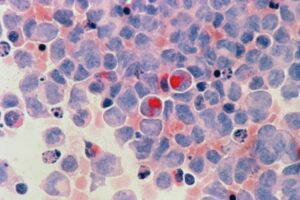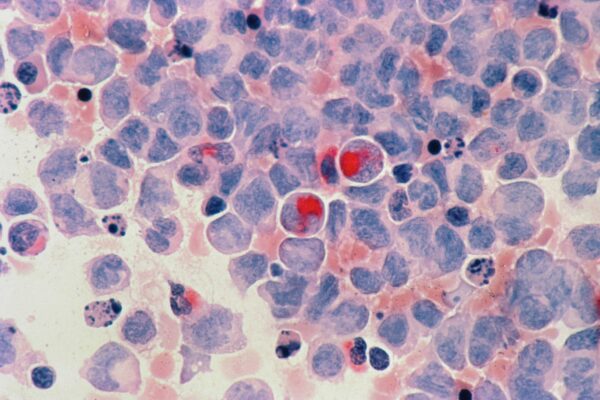
Leukemia is a rare type of cancer affecting fewer than 200,000 Americans annually. There are several kinds of leukemia and various risk levels associated with each type.
Leukemia – A Blood-Based Cancer
In most cases, leukemia impacts the body’s white blood cells. These blood cells are primarily responsible for fighting infection. White blood cells multiply in a neat, orderly fashion in healthy people and do so as needed; the number of white blood cells will increase in response to pathogens and decrease when infections are cleared. Leukemia patients, however, experience excessive white blood cells that don’t function correctly.
Leukemia Symptoms And Risk Factors
There are several types of leukemia that express slightly different symptoms that may also change as the disease progresses. These symptoms are shared with many other common diseases, making leukemia diagnosis more difficult. Always tell your doctor if you have a family history of cancer or leukemia.
Common Leukemia Symptoms
The most common symptoms are:
- Fever and/or chills
- Fatigue or weakness
- Unexplained weight loss
- Excessive sweating while sleeping
- Frequent nose bleeds
- Swollen lymph nodes
What Causes Leukemia?
There is no known cause of leukemia. Doctors believe leukemia could be caused by a combination of genetic and environmental factors, but no confirmed risk factors exist.
While unknown, the root causes of leukemia may trigger the different types, or classifications, of leukemia.
Acute Leukemia- Acute leukemia is caused by immature blood cells, or blasts. These immature blood cells multiply rapidly and the disease requires immediate treatment. Acute leukemia is most common in children but also affects adults.
Chronic Leukemia – Chronic leukemia typically involves mature blood cells but in some cases the production of too few cells rather than too many. This type of leukemia can go undetected and undiagnosed for years.
Lymphatic Leukemia – This type of leukemia affects lymphocytes, which are cells produced in your lymphoid system.
Myelogenous Leukemia- Myeloid cells produce red blood cells, white blood cells and platelets, which are critical for stopping blood loss due to cuts or bruises. This form of leukemia causes myeloid cells to malfunction.
Possible Risk Factors
While researchers haven’t made correlations between risk factors and diagnosis, these variables are believed to contribute to the development of leukemia:
- Smoking
- Family history
- Exposure to chemicals, notably benzene
- Genetic disorders, including Down syndrome
- Prior cancer treatment
Cancer Prevention Can Make A Difference
All types of cancer are more treatable when detected early through regular wellness checkups and access to healthcare. That same access improves overall health outcomes across all diseases; cancer prevention equates to healthier lives. Be a part of the Less Cancer mission and learn more about how we do our work.


Leave A Comment
You must be logged in to post a comment.